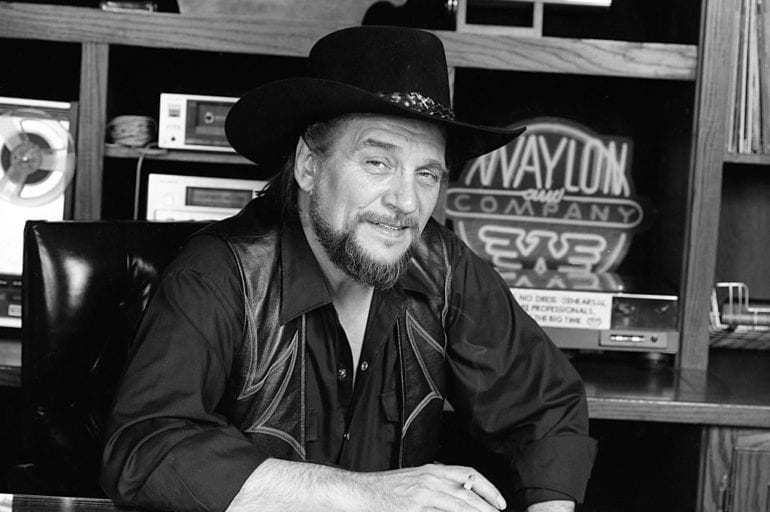
About the Song
Released in March 1966 on the album Folk-Country, “What Makes a Man Wander” by Waylon Jennings offers a quietly powerful look into the restlessness and longing that often lay just beneath the surface of life on the road. While Jennings would later become a defining figure of the “outlaw country” movement, this early work reminds us that even before the rebellious swagger, there was a singer deeply attuned to the emotional currents of wandering—both literal and internal.
In this track, Jennings inhabits the role of someone torn between staying and leaving, between memory and motion. The title itself poses a question that many men—and indeed many people—have asked themselves: what propels us onward when the ground beneath us feels familiar? Jennings’ voice carries the wear of travel, yet the vulnerability of someone still seeking. There’s no triumphant march here; instead, there is soft reflection, a sense of melancholy, and the quiet courage of admitting uncertainty.
Musically, the arrangement remains modest—acoustic guitar, subtle accompaniment, and Jennings’ expressive baritone at the forefront. It allows the lyric to lead. That choice speaks volumes: the song isn’t trying to fix the question of wandering, but simply to inhabit it. For older listeners, especially those who have felt the tug of change more than once, the track resonates like a postcard sent from a life half-known, half-dreamed.
“What Makes a Man Wander” holds a special place in Jennings’ catalog because it predates the hard-charging outlaw image and instead emphasizes introspection. It reminds us that wandering doesn’t always mean escape—it can mean seeking, remembering, questioning. It asks the listener to pause, perhaps turn inward, and acknowledge the restlessness that sometimes accompanies the passage of years.
In short, this song by Waylon Jennings is a gentle admission of the human impulse to roam—not just across miles, but across time, memory, and uncharted landscapes of the heart.